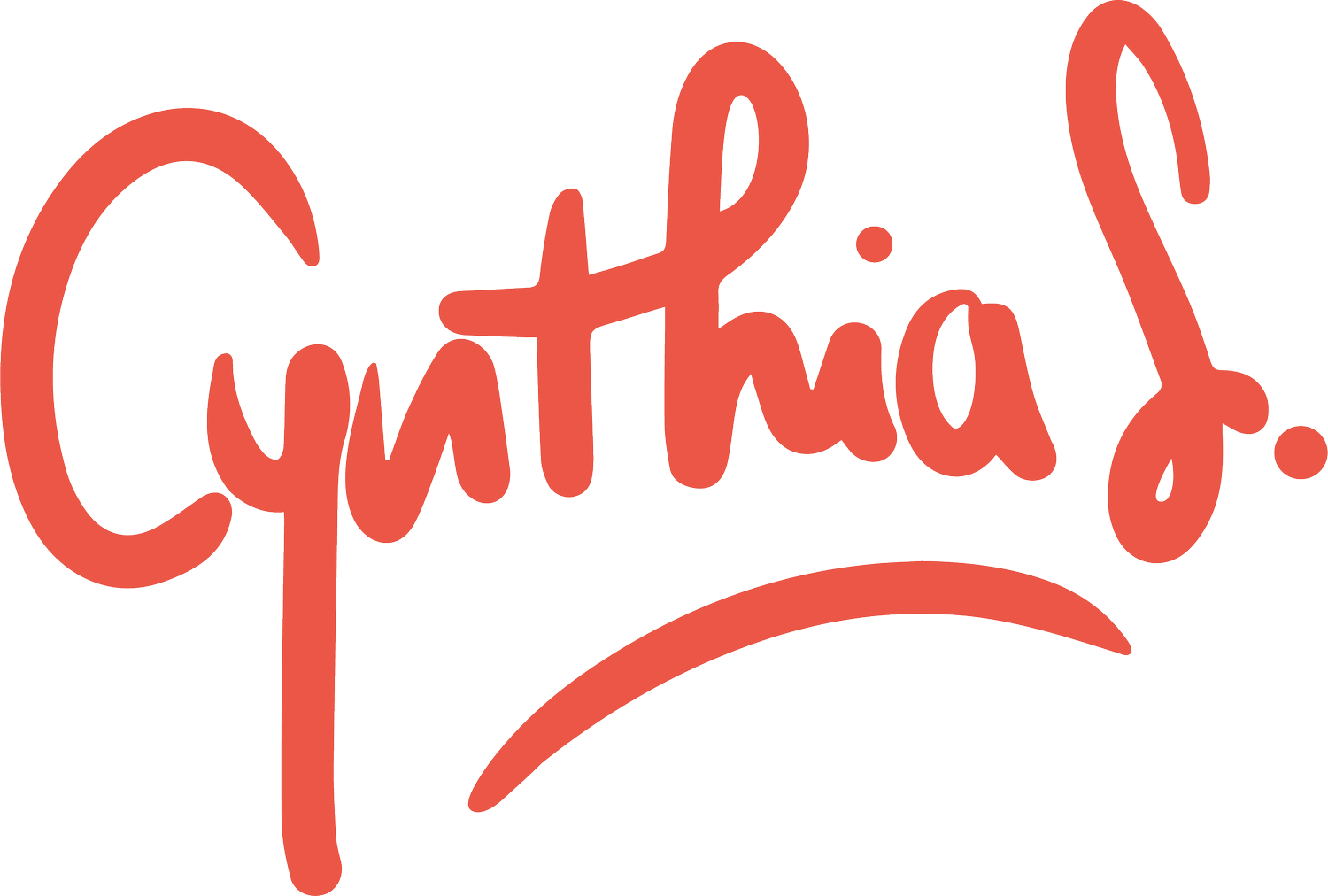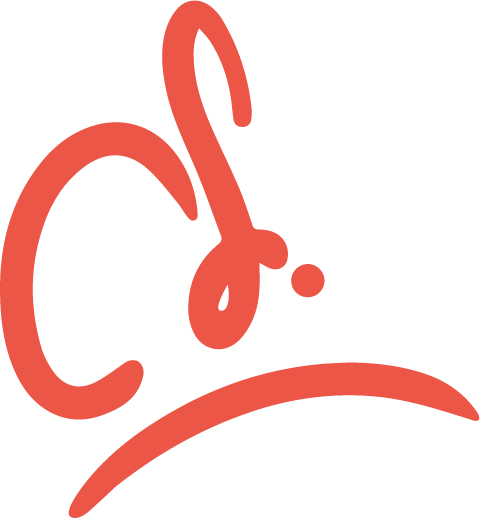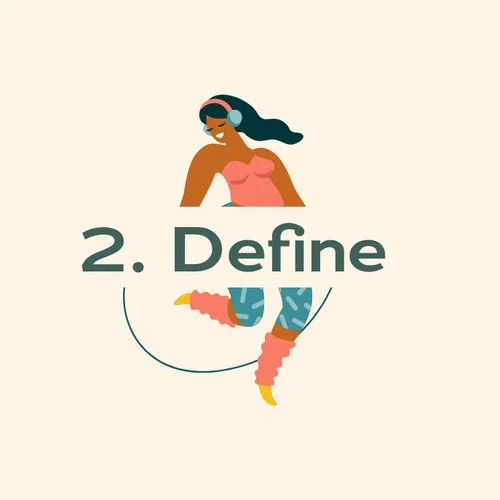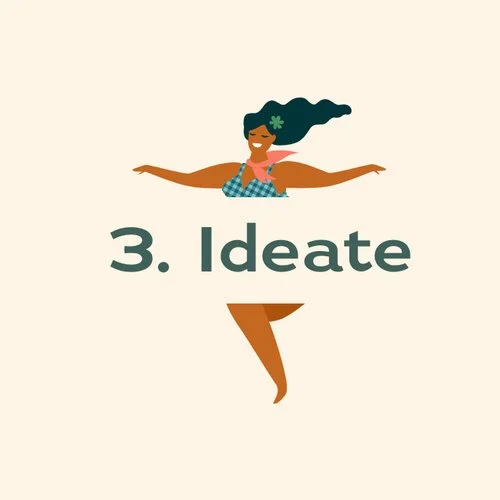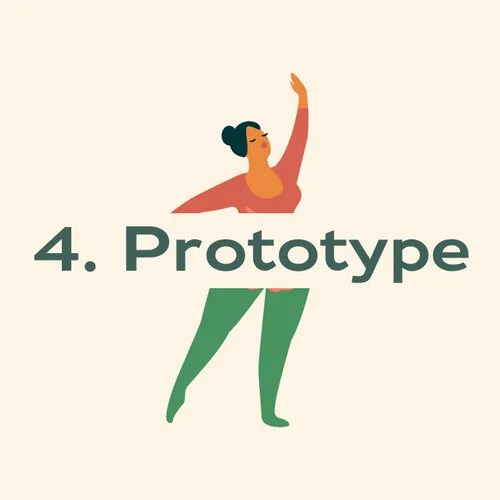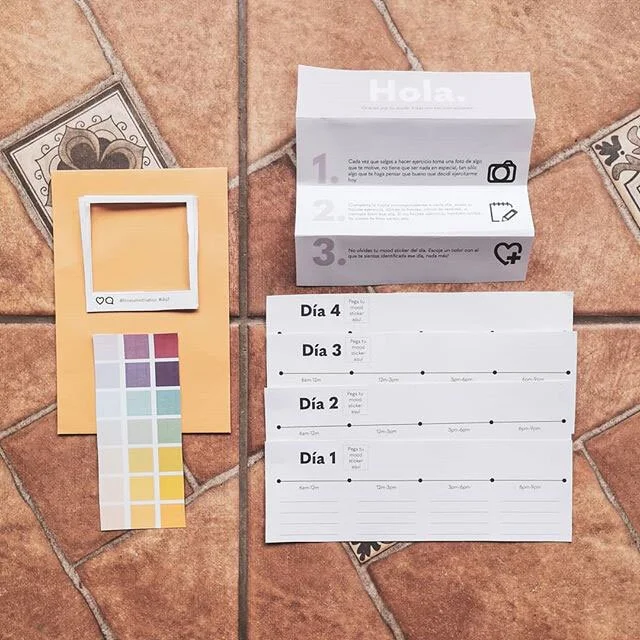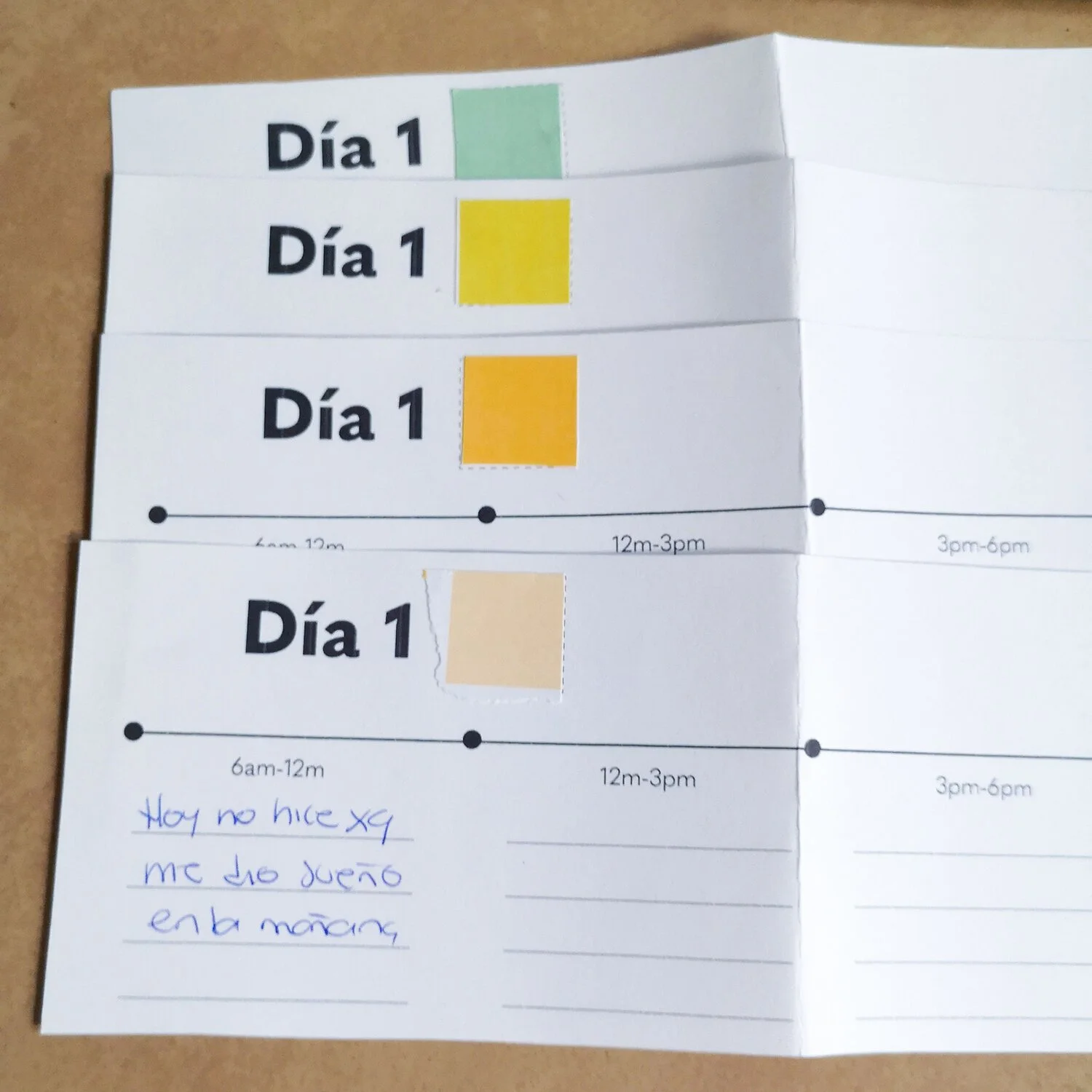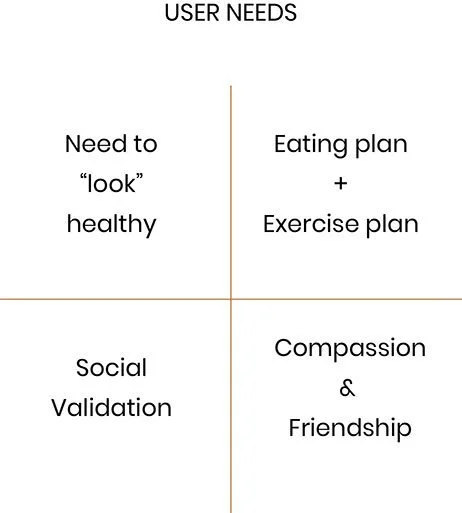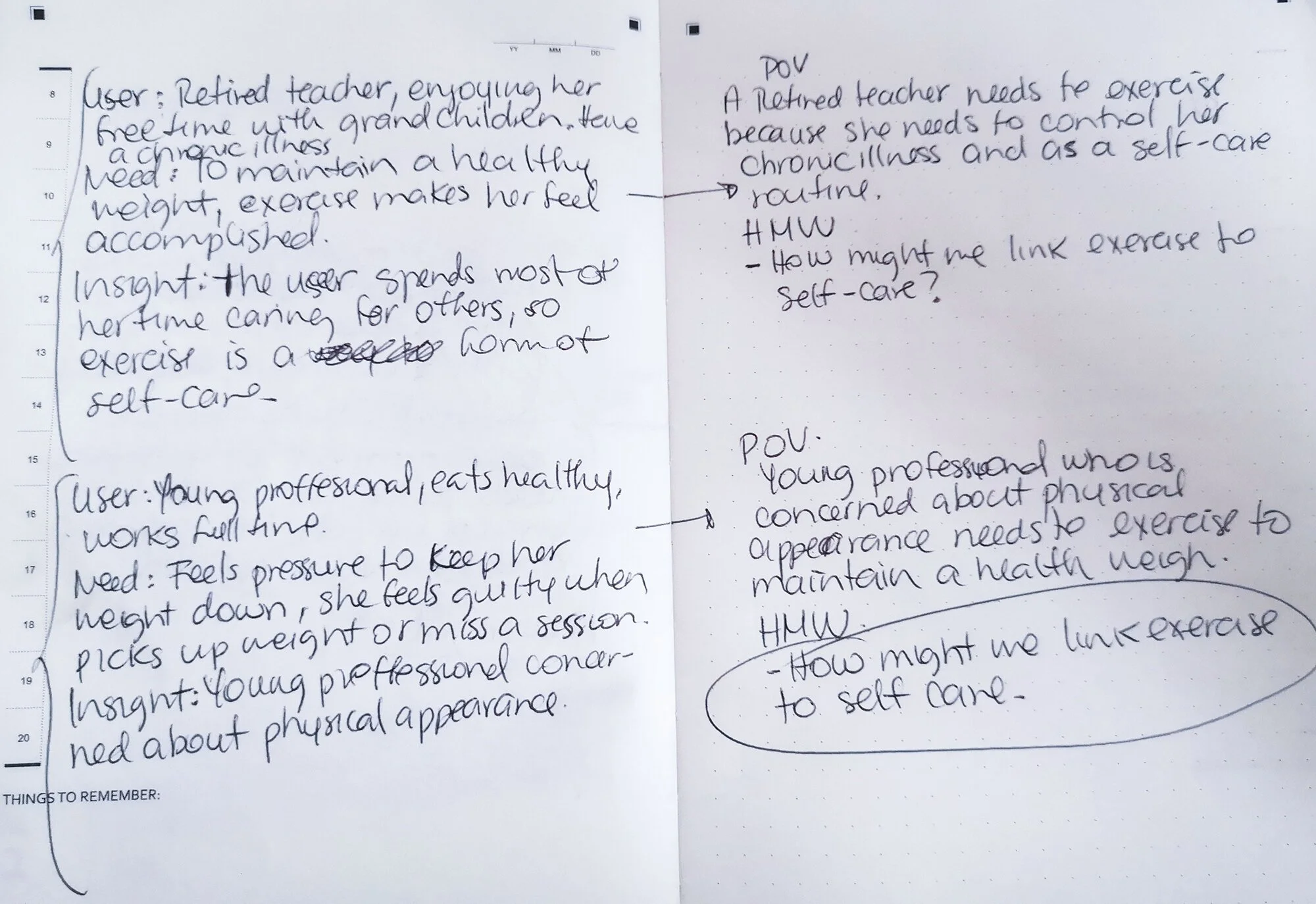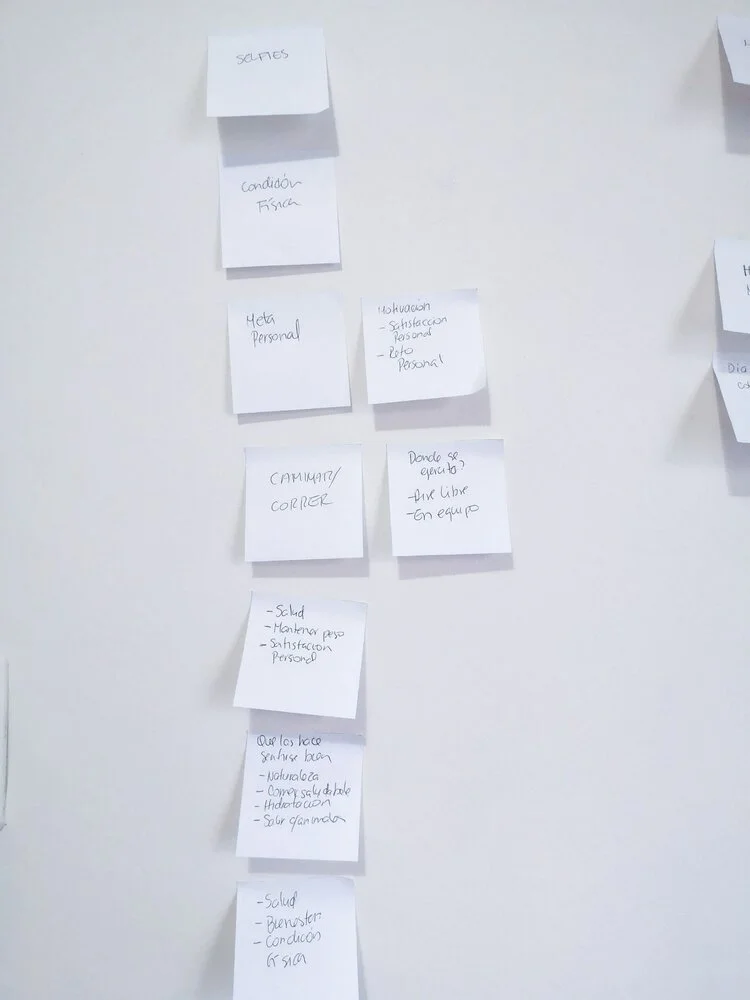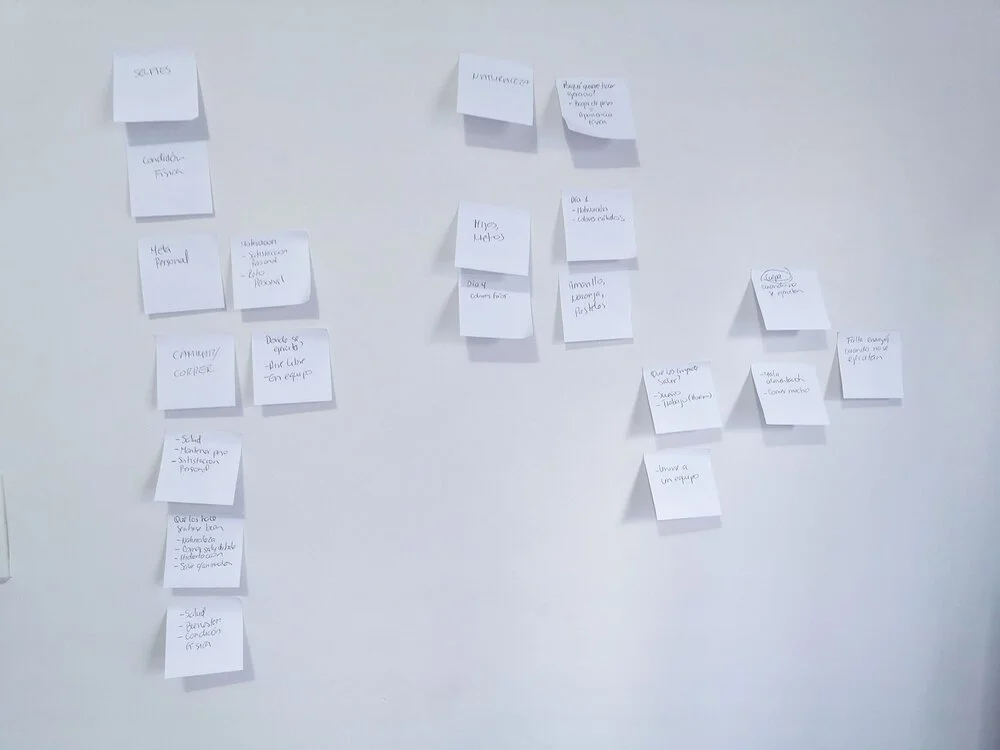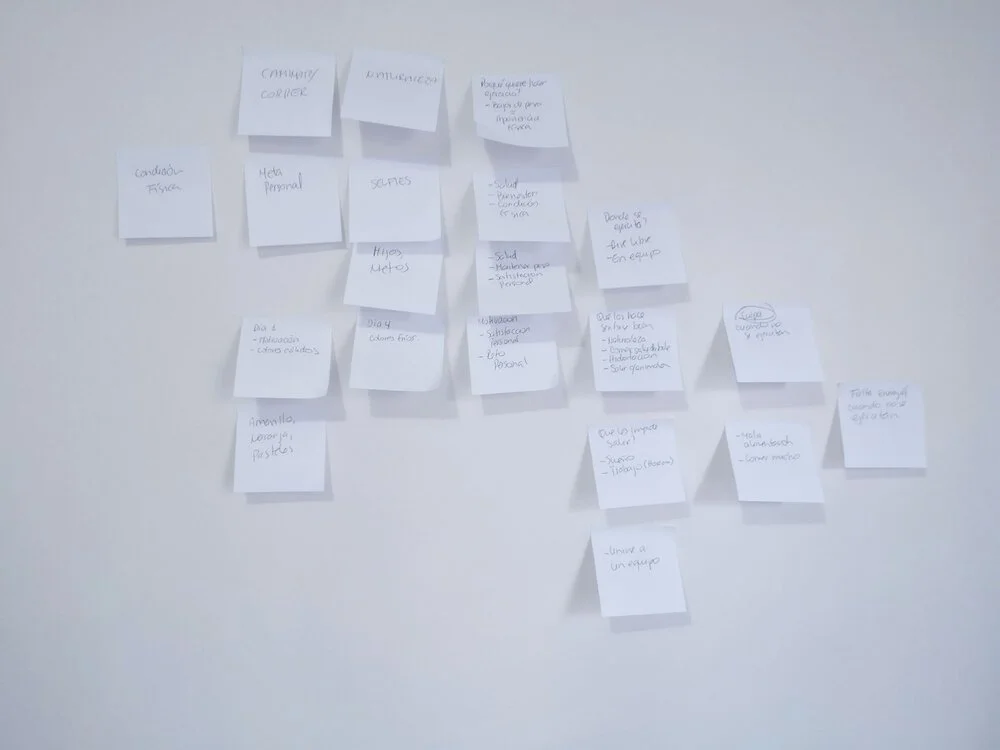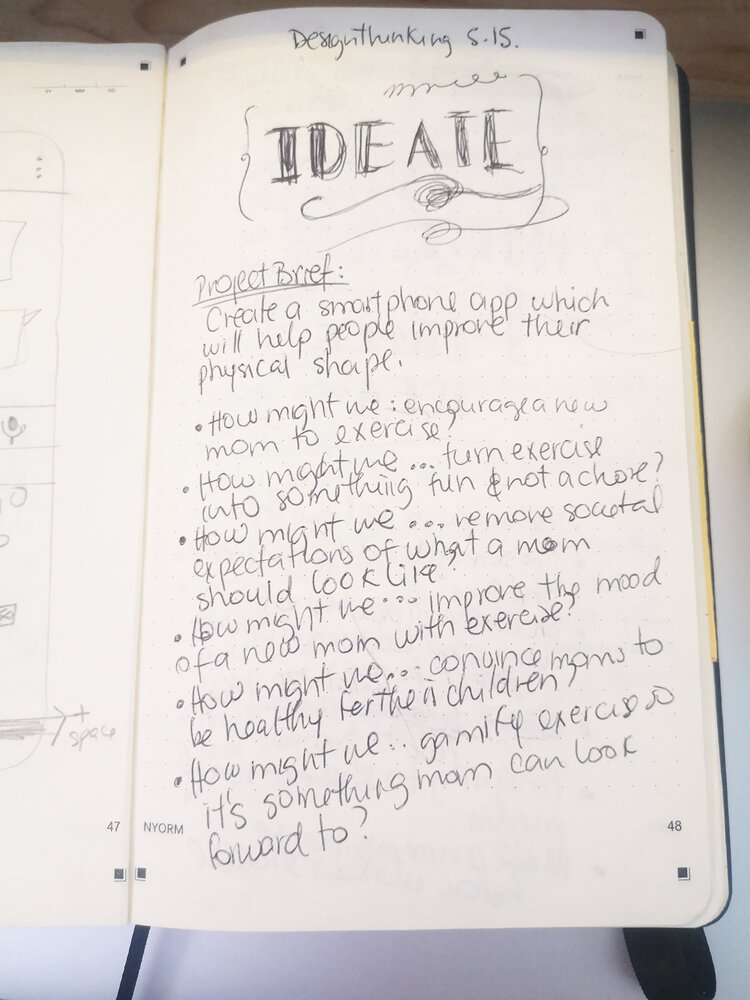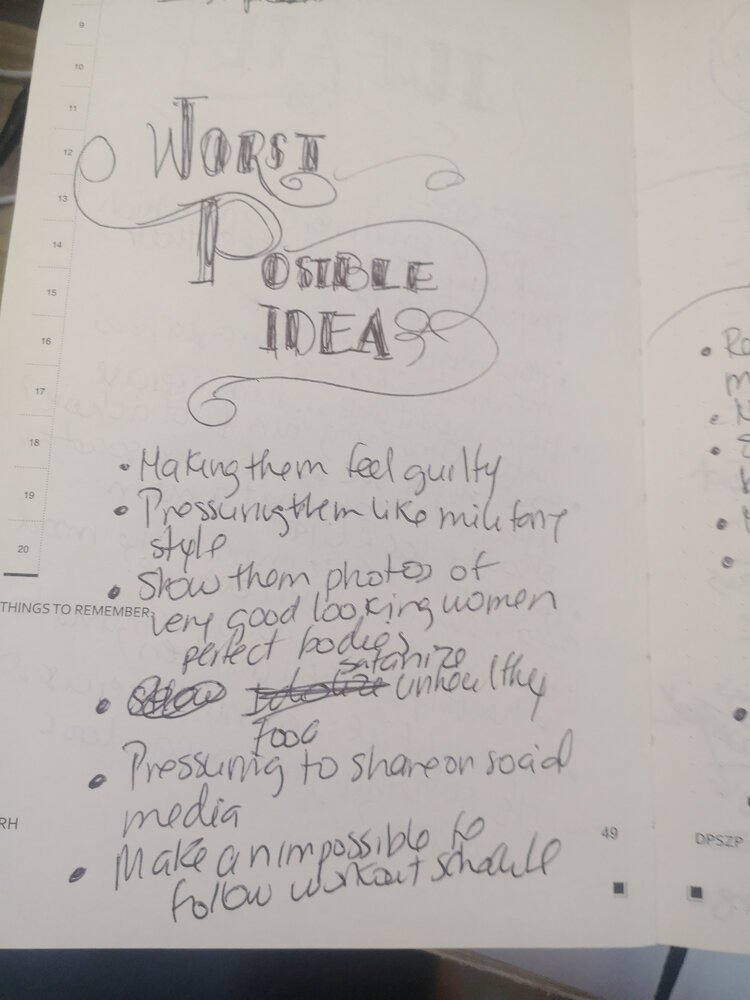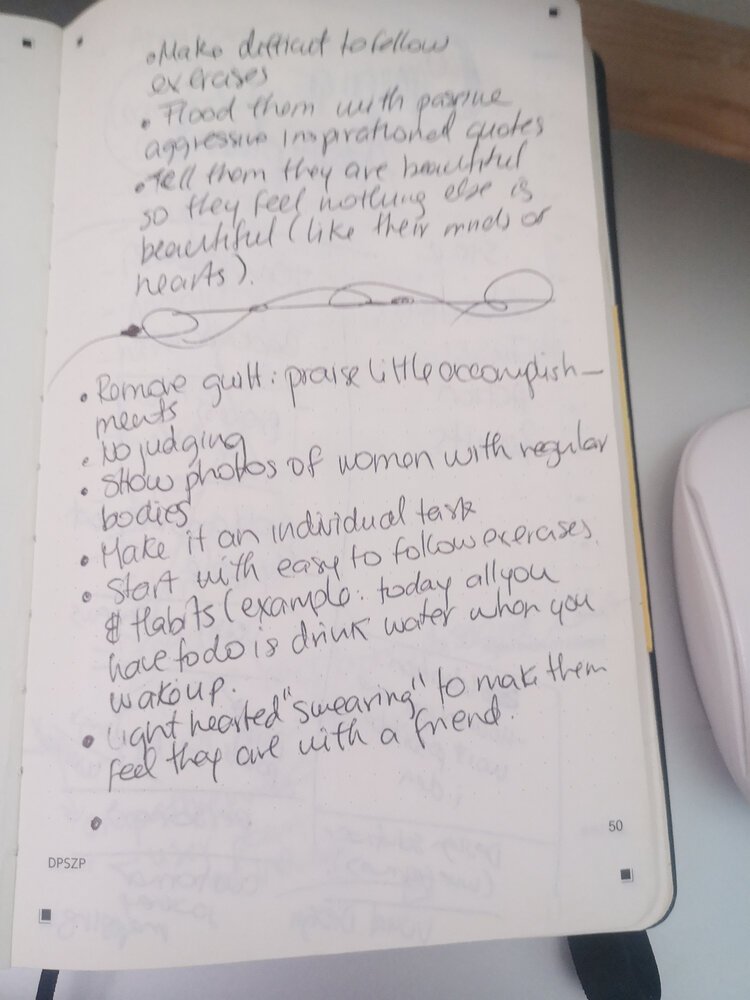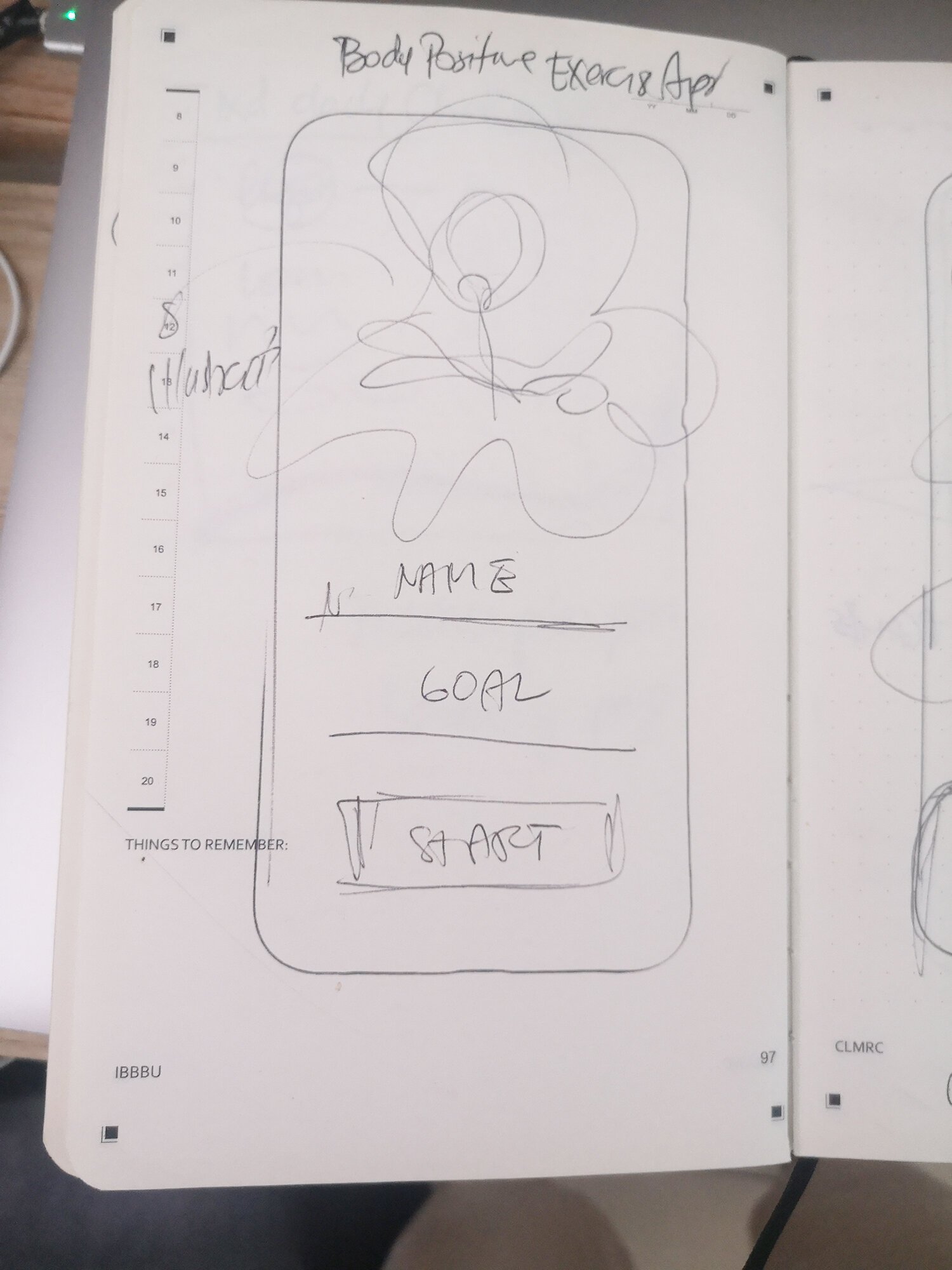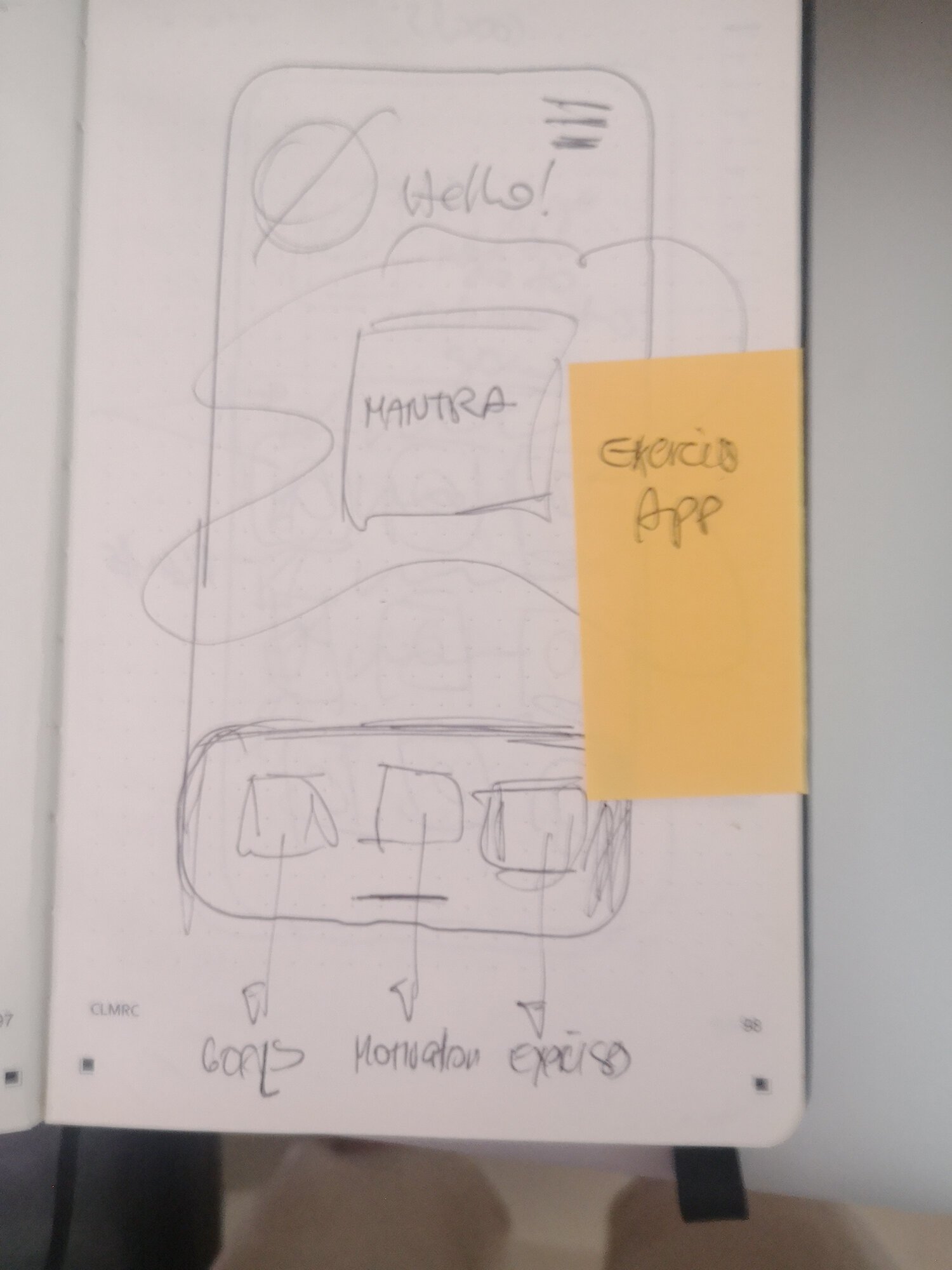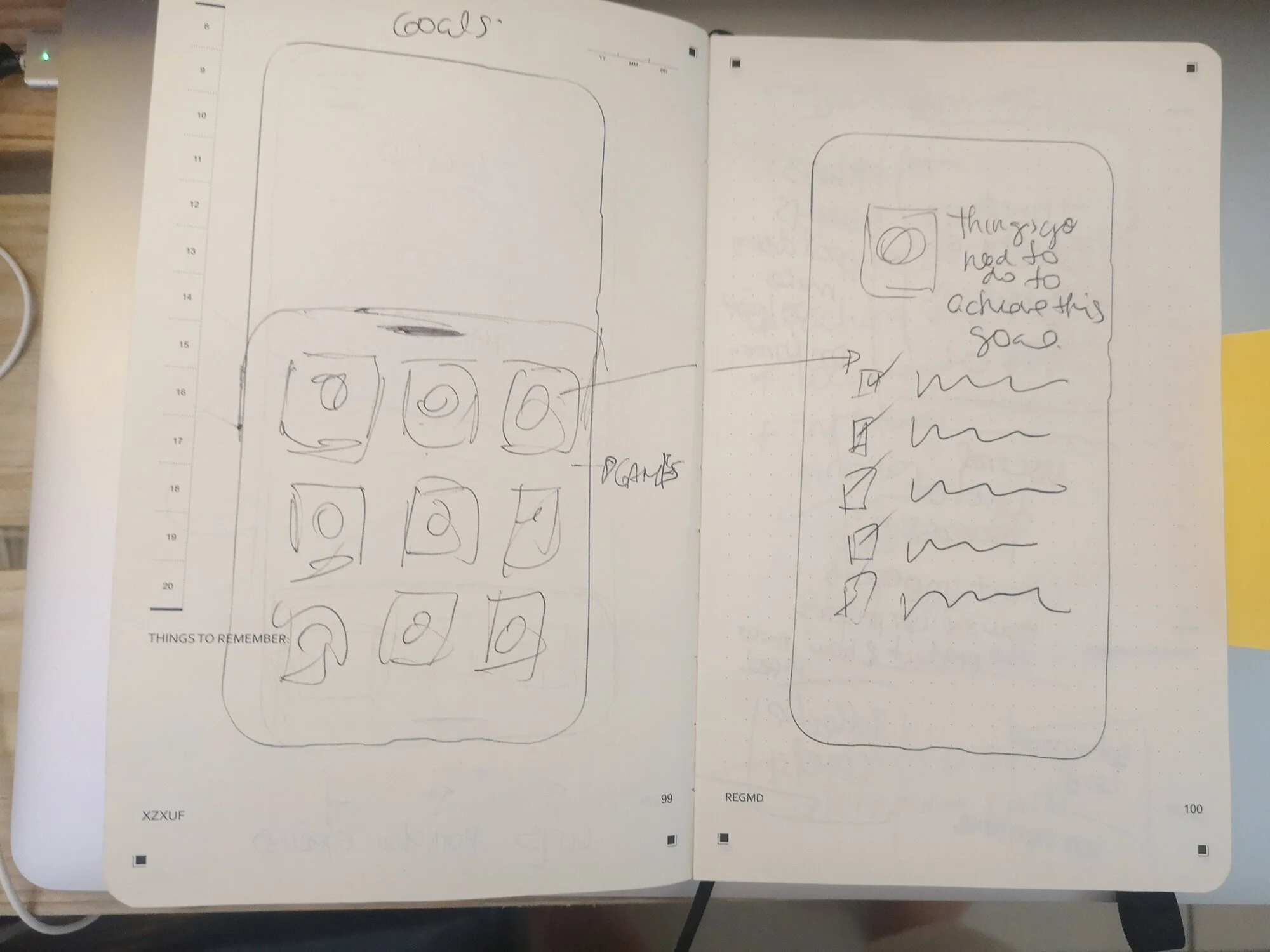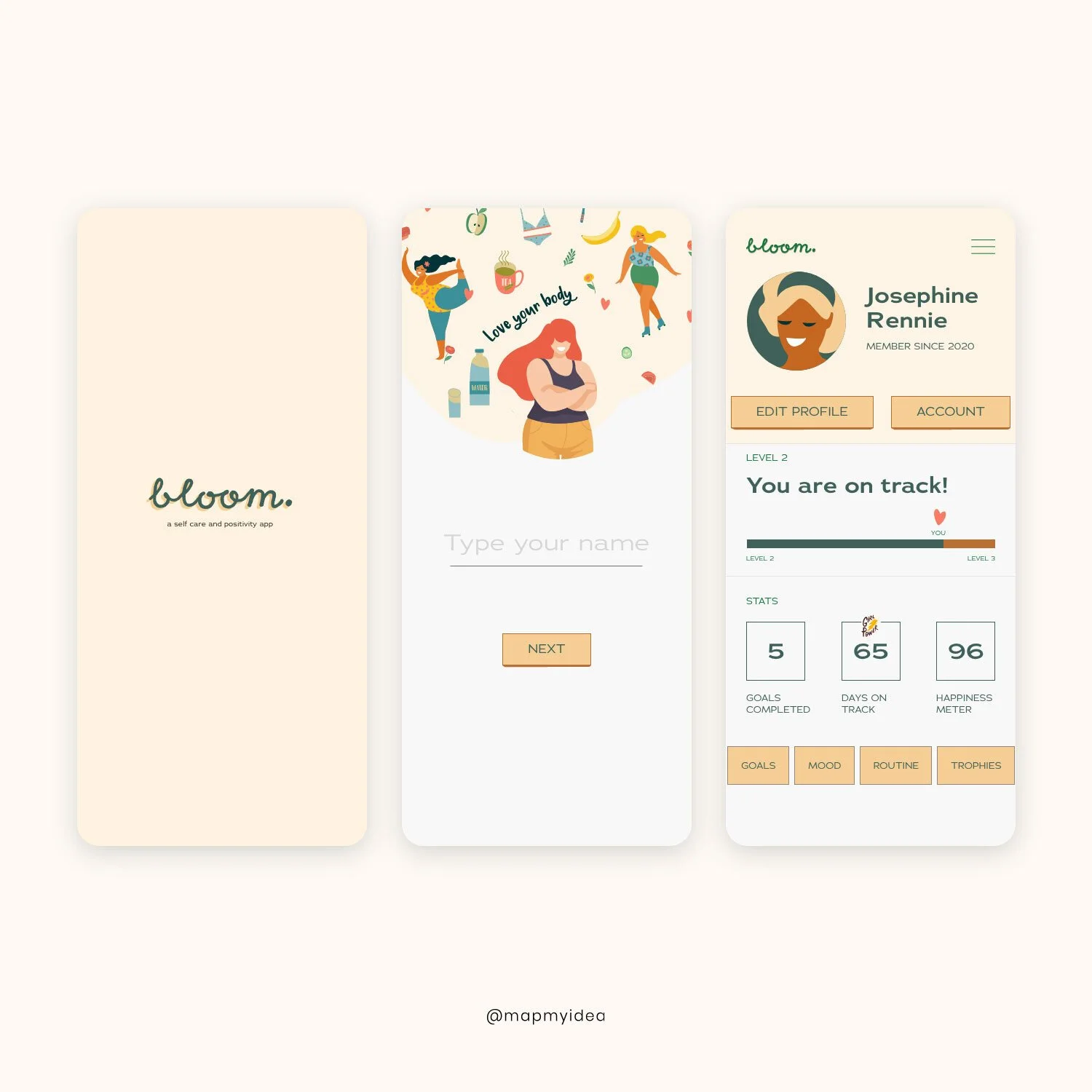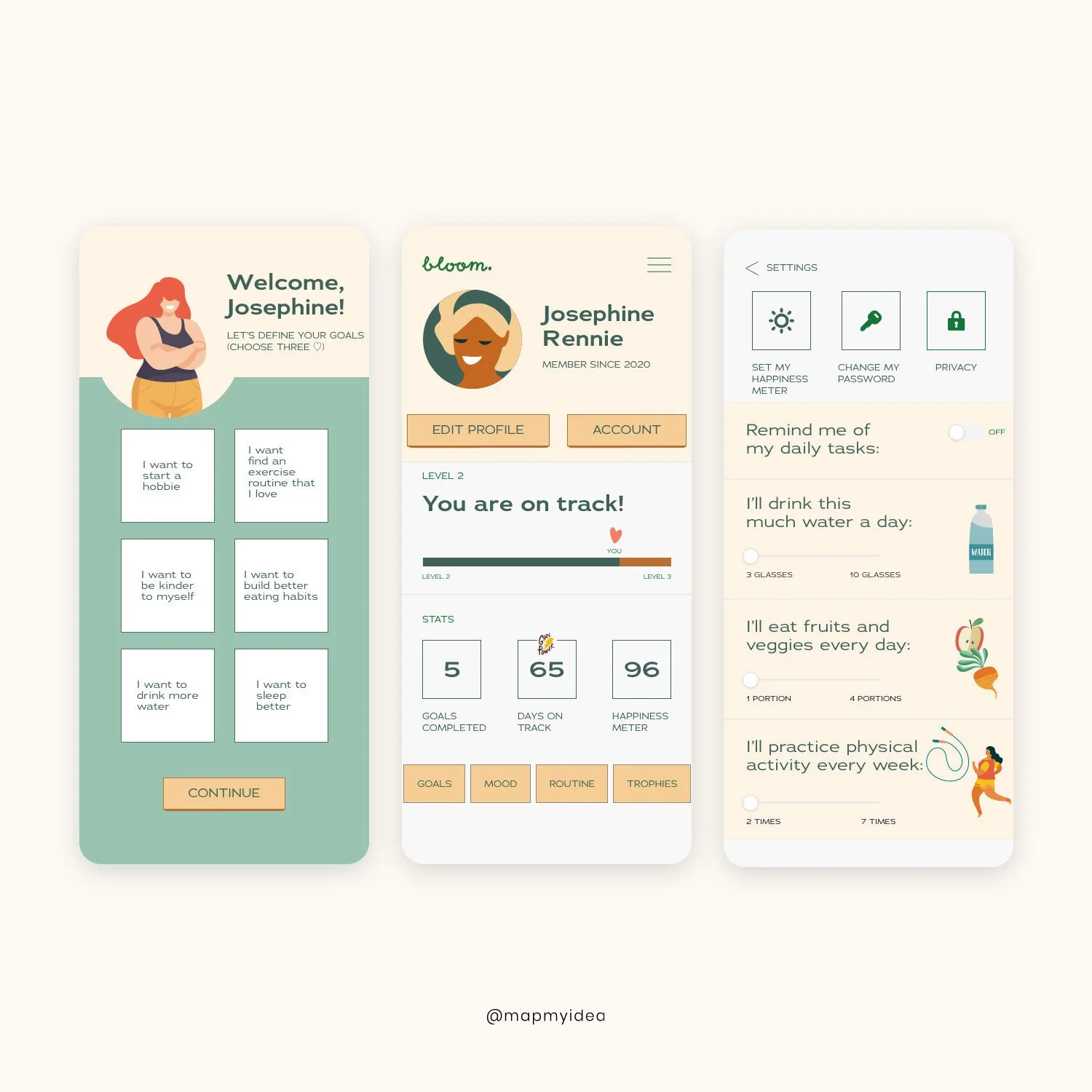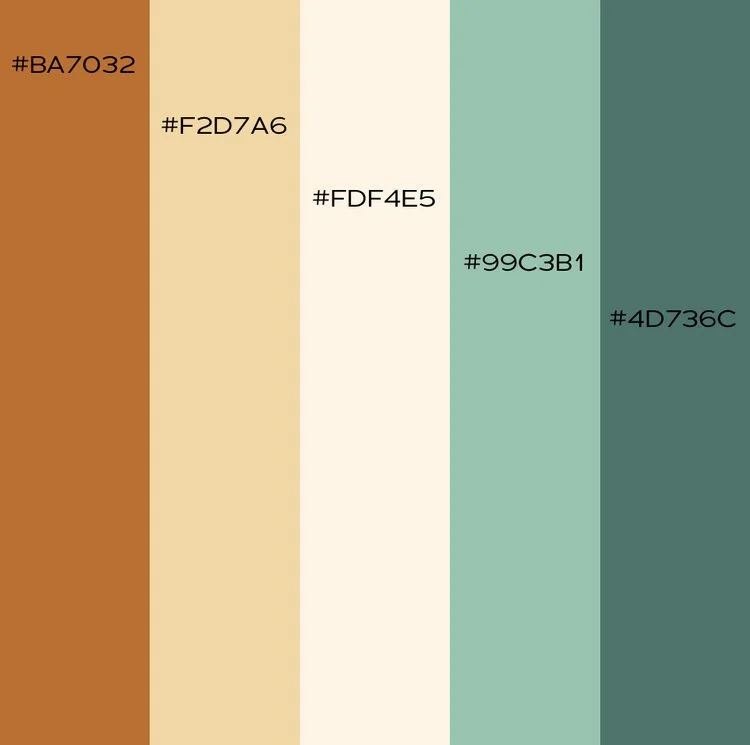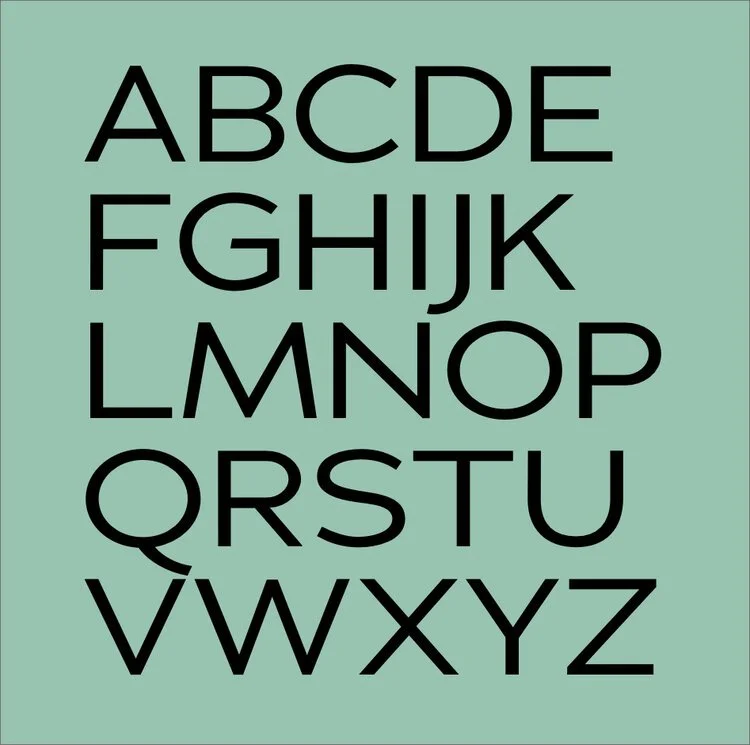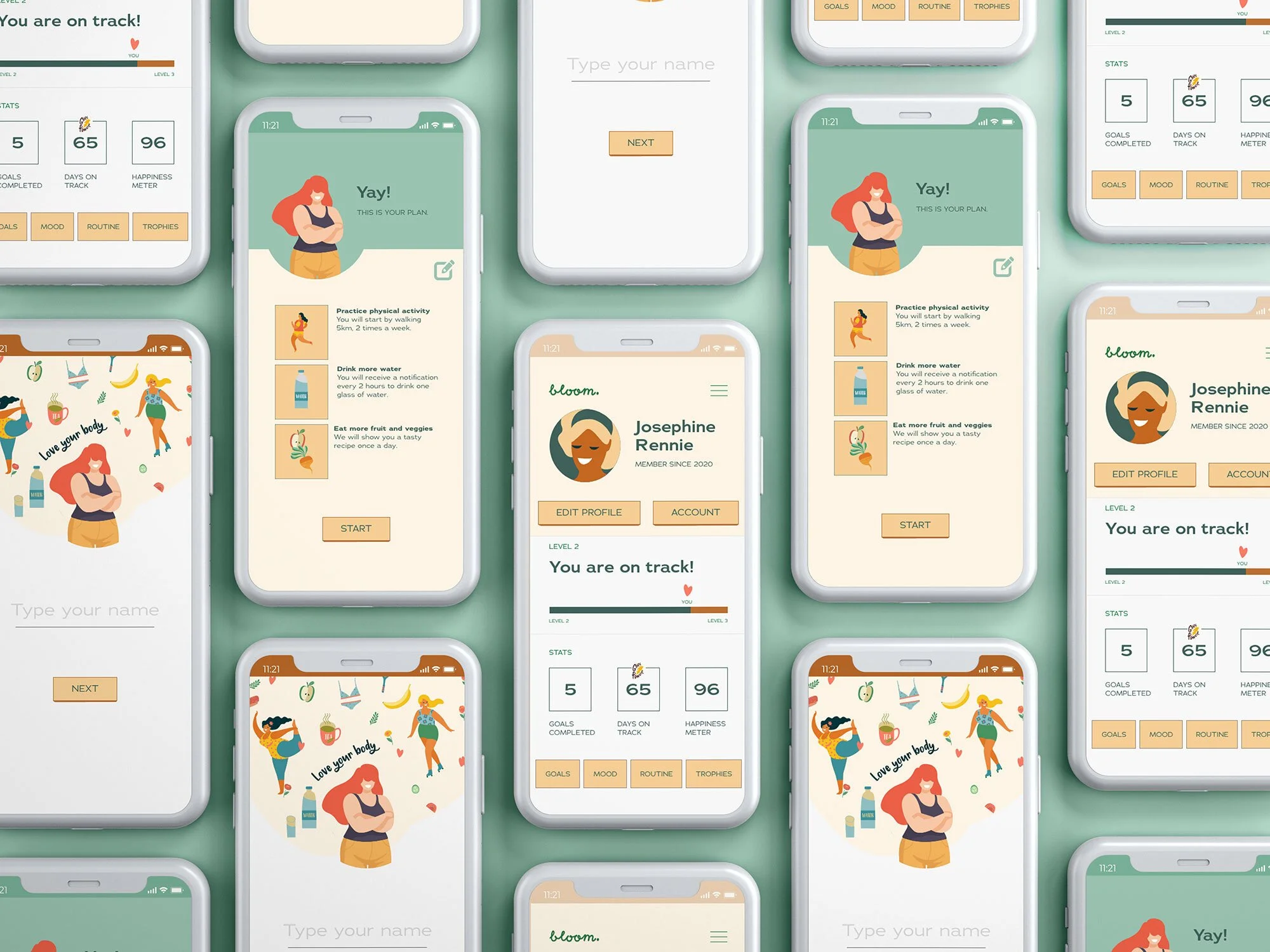
The initial idea for this app was to be a resource for new moms struggling to get back into shape. As I did my research and interviews, I learned that a mom's motivation is no different than that of a young woman or a retired one. All they want is to belong and to feel that their accomplishments, no matter how small, are worthy.
That's how a different product was born: now, the purpose is to get people to do more exercise but from a compassionate, non-judgemental place.
desing process
desing process
This project was a part of my project for the course "Design Thinking The Beginners Guide" from the Interaction Design Foundation. As such, I used the five stages of the Design Thinking methodology to outline this project: empathize, define, ideate, prototype, and test.
I conducted all of the stages of the process, except for the testing.
I looked for women in my community that I know are interested in exercise to conduct the interviews.
Their ages range from 21 to 60, and two are mothers. I designed a kit with cultural probes to keep them engaged with the tasks.
These are the interview questions:
Why do you want to exercise?
What happens when you exercise?
What happens when something stops you from exercising?
How do you usually exercise?
Where do you exercise?
Why would you like to exercise more?
Empathizing with the user
Cultural probes
After the interviews, I delivered the cultural probes. This was my favorite part, even though I was a bit nervous that my probes were not engaging enough to keep the ladies interested for 4 days. They all delivered after 4 days and did all the assignments. My probes were:
A welcome sheet with instructions
Mood stickers: I encouraged them to put them while describing the day. I thought this could be my way of creating a color palette based on the user's insights, so the theme of the app makes them feel the desire to exercise, not to mention how important it is to know what was their mood on the days they exercised, or the days they decided no to.
A small diary to write their motivations or anything interesting that happened that day.
"Instagram" frames to take selfies or photos of the days they choose to exercise.
I made it clear that if they didn't want to go out, they didn't have to exercise since the purpose at this stage was to know what motivates them.
Thanks to the interviews, I discovered that these women are not exercising because they want to look good. An important thing that happens when a baby is born is that a mother is also born. So an app that wants to attract women who just had a baby and encourage them to exercise won't succeed if the only premise is to look good.
The answers of these women all reflected that what they want is to feel accomplished, they want to make their families proud, and they draw energy and inspiration from their families. And this is only the first stage of this process! Here I also understood why there are so many useless products: they are designed for someone they don't know.
User POV: The critical takeaway is to find a way to link -in an obvious way- exercise to self-care.
2. Defining the problem
Create a smartphone app to help women improve their fitness. The app develops a sense of well-being and belonging that encourages people to exercise on their own terms. The target group is professional women, including new moms, that need motivation other than "looking good" to exercise.
My Role: I acted as the user experience designer, taking part in each part of the design process.
Finding common answers in the interviews helped me define the problem.
3. Ideate
I used three ideation methods for this project: How might we, worst possible idea, and sketching.
The How might we method helped me empathize with people so that it is easy for me to imagine their problems.
Worst possible idea allowed me to be creative since there is no shame in how bad or outrageous the ideas are; also, it is a method that can be used when working solo.
Sketching is a method I have used since my university student days and kept until this day because it helps me visualize my ideas, even if the final product is a little different.
4. Prototyping
I used my low-fi sketches as a guide to design my prototype.
The app is meant to be as straightforward as possible; therefore, the onboarding screens only ask the user to type their name and choose a list of six desired goals, such as cultivating a hobby, drinking more water or exercising.
Once the preferences are set, a profile is created where the user can access stats about their progress, edit their profile, and change other settings.
From this screen, the user can access their goals:
Goals: go back to the goals screen to change their current goals
Mood: as an app intended to work on all aspects of well-being, a mood meter is available, so the user gain awareness of their inner self by acknowledging their feelings
Routine: where the exercise is created and managed
Trophies: Each accomplishment deserves a trophy, no matter how small. These trophies are a little digital sticker that will appear in different places depending on the goals the user have chosen
I designed the color palette using an asset I created to be used in the cultural probes: the mood stickers. This came surprisingly handy since I noticed people used a similar color palette on Day 1, the day they felt more motivated. Based on this insight, I chose a soft, pastel color palette that appeals to most of the women who participated in the study. The font was a trendy choice, Adrianna Extended being dynamic, outgoing, and extroverted.
Visual Design
Soft, pastel, earth colors
Funky, doodle-type illustrations
Font family: Adrianna Extended
Conclusion
This was a challenging project, showing me a part of the design process that is often neglected, yet empathizing is vital to understanding users.
I am happy that I got to know and experience this methodology, and I've done my best to apply its most basic concept to my day-to-day design tasks.
